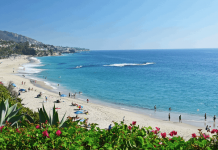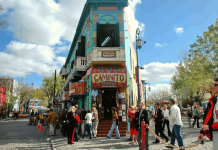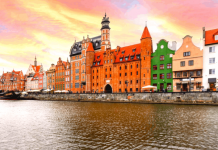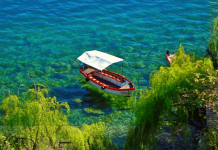Wildfires are no strangers to Australia. But the size and severity of the fires this season have been unparalleled — and the summer is far from over. At least 18 people have died in the blazes that have swept over the country so far. Also, more than 1,200 homes have been destroyed, and 5.5 million hectares of land are on fire.
A small measure of Australia’s native flora has evolved to rely on bushfires as a means of reproduction. For example, fire-hardened grass trees will send up large flower spikes to assist with the species’ procreation. Still, the mother plants usually die off the following season — and fire events were a twisted part of the continent’s ecology in the past.
Indigenous Australians have been using fire for thousands of years to clear grasslands for hunting and to clear trails through dense vegetation. But this was only in periods of high rainfall and minimal in desert-border grassland areas. The food obtained provided the nomadic tribes with much-needed protein. However, today, things are much different. So here’s what we know so far, Australia’s burning now and it’s all because of climate change. Here are some facts you need to know.
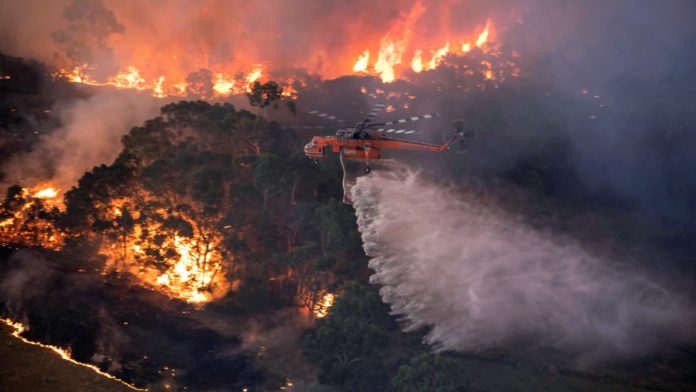
The Fires Are Deadly Because Of The Heat
A combination of extreme heat, prolonged drought, and strong winds sparked the devastating fires in Australia. Despite record-breaking cold temperatures over the past three months, the world is in the midst of a heatwave. The country saw the hottest day in history in mid-December with an average temperature of 41.9 degrees centigrade.
Such conditions have been followed by strong winds that fan the flames and drive the smoke through Australia’s major cities. Such conditions are showing little signs of decline in the next few weeks. All this follows the driest spring of the country since records began 120 years ago, with many of New South Wales and Queensland experiencing rainfall deficiencies since early 2017. Trees, shrubs, and grasslands have become the perfect tinder for flames.
It’s Not A Normal Bushfire
Bushfires are a common feature in Australia’s calendar. They are often caused by natural causes such as lightning strikes and can not be blamed solely on climate change or increased greenhouse gas emissions. Yet, experts say the changing climate is key to understanding this year’s blazes’ ferocity. Hotter, drier conditions now make the country’s fire season longer and far more severe. And the environment of Australia is changing. Temperatures have risen by more than one degree Celsius since 1920, according to the country’s Bureau of Meteorology, with much of the increase taking place since 1950.
They Have Killed Hundreds Of Millions Of Animals
Bushfires directly kill wildlife and destroy local ecosystems as well, leaving the survivors helpless even after the fires have passed.
Professor Chris Dickman at Sydney University reports that more than 480 million animals died in NSW alone in the first three months of the 2019-2020 bushfires. This figure includes mammals, birds, and reptiles, but not insects, bats, or frogs. Many animals died as a result of the lack of food and shelter resources. Several studies add that Australia has the highest rate of endangered biodiversity in any part of the world.
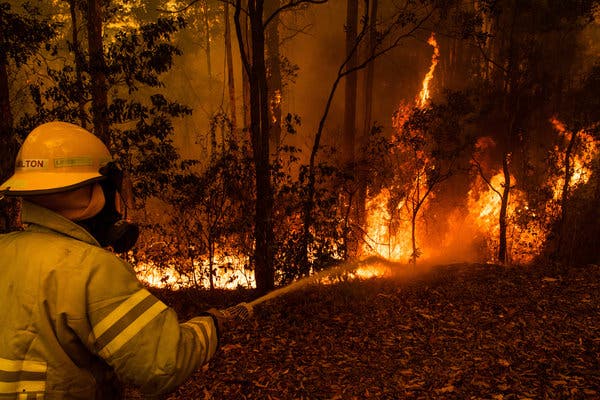
Conclusion
What can we do to help? There are several links online that directly send financial support to Australia. However, if you intend to help, make sure that these links are legitimate. How? The links should be directed to non-profit organizations and government agencies in Australia.
The Australian Red Cross accepts donations to its Disaster Relief and Recovery Trust, which has helped send 1,285 staff members and volunteers to fire-affected communities. It also provides assistance to refugees in more than 69 evacuation and recovery centers. The Red Cross also offers disaster funds to assist people with meeting their immediate needs.
For more tips and guides about considering the environment during travels, click here.
Featured image: CNN.com



